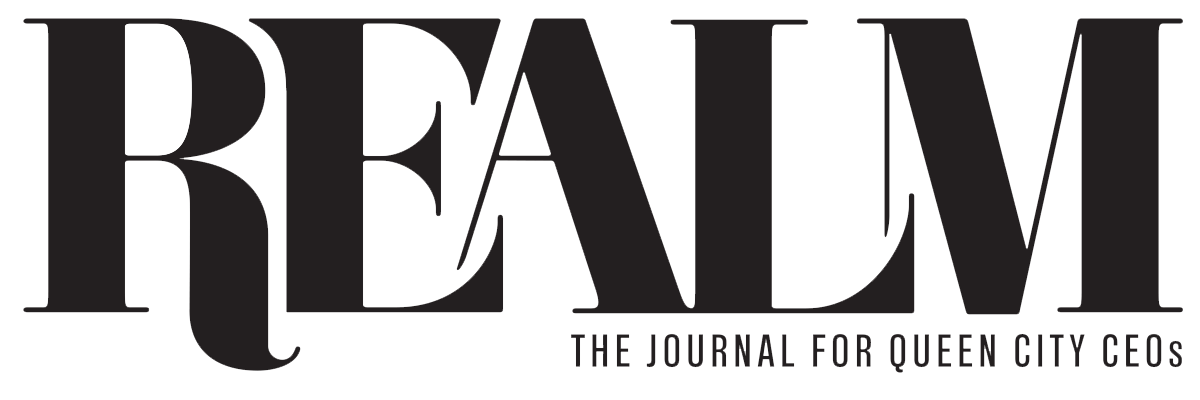The Greater Cincinnati Foundation (GCF) recently announced a $1 billion strategy aimed at fundamentally transforming the region over the next 10 years. Through hundreds of conversations with community stakeholders, President and CEO Matthew Randazzo says three critical areas surfaced as essential to the region’s future: educational outcomes, affordable housing, and enhancing community and cultural vibrancy. They’ll work in concert with each other to make Cincinnati more competitive in attracting residents and businesses and increasing economic investment.
“We want to build a region where—regardless of where you live in the city—you have access to a really high quality school option,” says Randazzo. “And regardless of where you choose to grow your family, you have access to quality, income-aligned housing that’s situated in a neighborhood you’re proud to call home.”
According to a Realtor.com report in October 2024, the Cincinnati region experienced a 4.2 percent increase in rents year-over-year, more than any other major U.S. metro area. And Zillow reported Cincinnati as the second hottest market in 2024 with average home value at $240,393, up 8.1 percent. Those numbers show that Cincinnati is in demand, but they also mean decreased access to affordable housing.

“We’re pricing our friends and neighbors out of the neighborhoods they want to live in and delaying or deferring the American dream of being able to purchase a home and build wealth through home ownership,” says Randazzo. “The foundation is going to focus heavily on how many new affordable housing units we are able to produce, how many are we able to preserve, and how we keep families, particularly families with school-age children, stably housed.”
Randazzo notes that housing and education work together, citing that when students change schools even once during the academic year it causes months of learning loss, especially for low-income students. Maintaining stable housing helps reduce disruption, he says.
GCF’s work will also focus on literacy and increasing pathways to good jobs. Randazzo says third grade literacy is among the single best predictors for whether students will successfully progress through middle school and be proficient by eighth grade—another milestone that predicts whether a student will graduate from high school and be able to access college or a living wage career. Thus childhood literacy impacts the pathways toward good jobs, he says. “We want to help create meaningful pathways for students to pursue the career of their choosing, find training or certifi cate programs, or have the ability to serve in the military. These are all real challenges within the region at this point.”
Cincinnati’s community and cultural vibrancy is a competitive advantage relative to other big cities in Ohio as well as the Midwest. “We know this is a town that punches above its weight culturally,” says Randazzo. “With better quality public schools and affordable income-aligned housing, that vibrancy will continue.”
[Illustration by Dante Terzigni]


